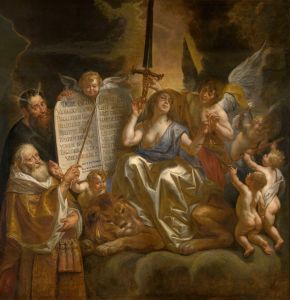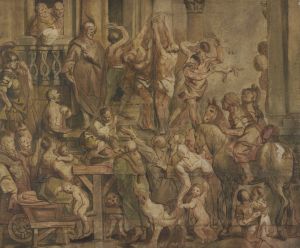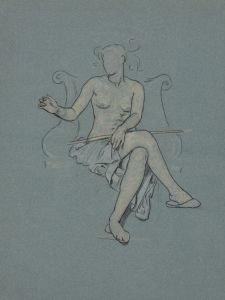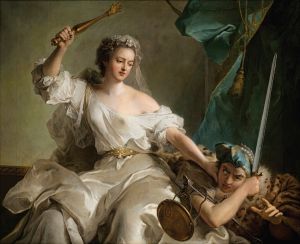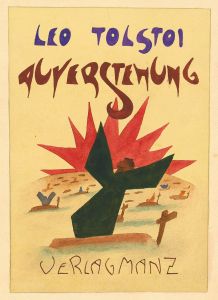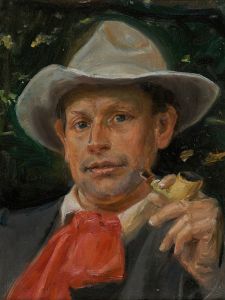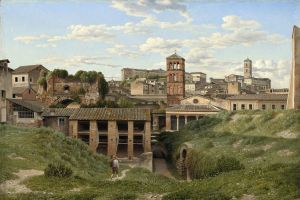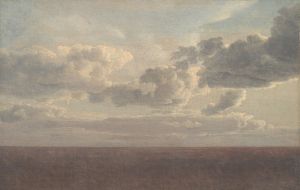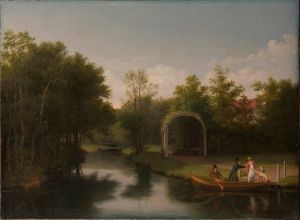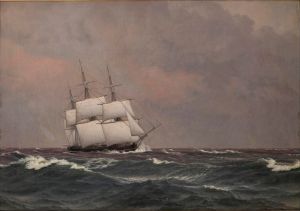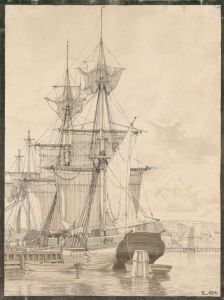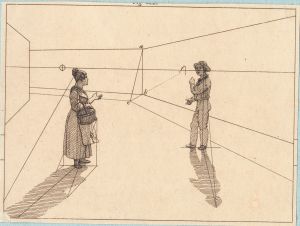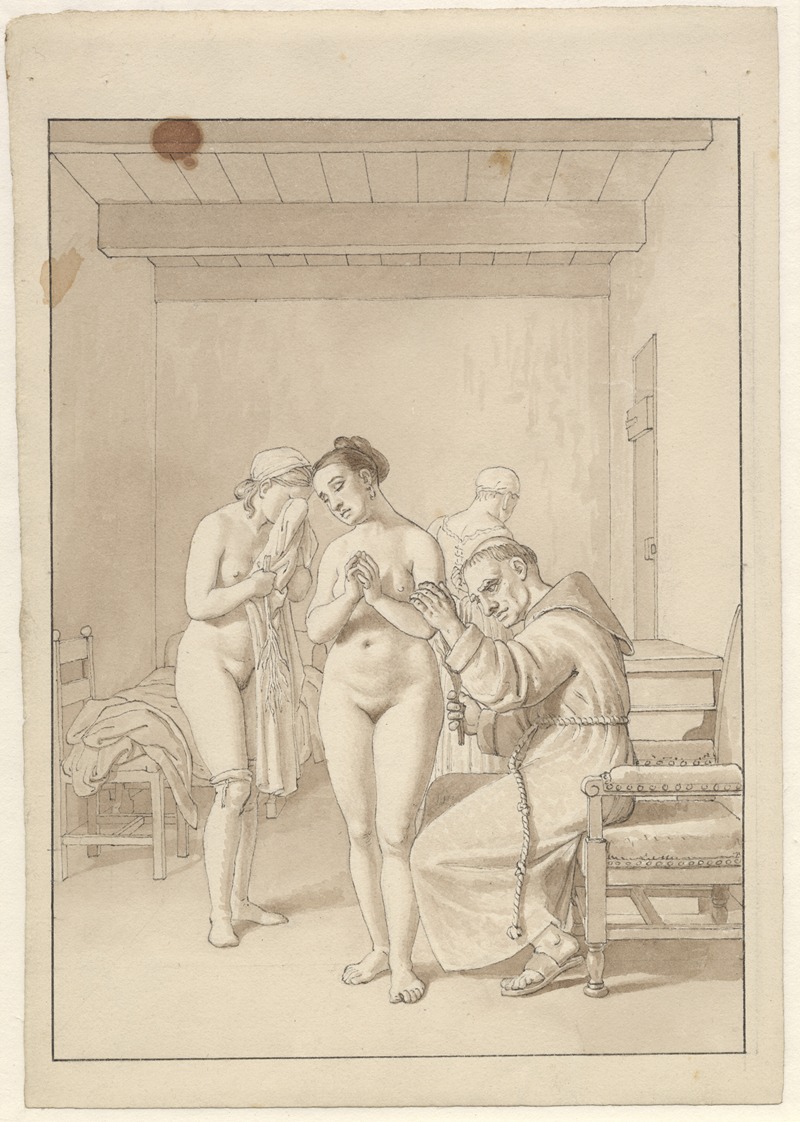
En munk, der afstraffer to nøgne kvinder
A hand-painted replica of Christoffer Wilhelm Eckersberg’s masterpiece En munk, der afstraffer to nøgne kvinder, meticulously crafted by professional artists to capture the true essence of the original. Each piece is created with museum-quality canvas and rare mineral pigments, carefully painted by experienced artists with delicate brushstrokes and rich, layered colors to perfectly recreate the texture of the original artwork. Unlike machine-printed reproductions, this hand-painted version brings the painting to life, infused with the artist’s emotions and skill in every stroke. Whether for personal collection or home decoration, it instantly elevates the artistic atmosphere of any space.
Christoffer Wilhelm Eckersberg, often referred to as the father of Danish painting, was a prominent figure in the Danish Golden Age of art. Born in 1783, Eckersberg was instrumental in shaping the artistic landscape of Denmark during the 19th century. His works are celebrated for their clarity, precision, and adherence to neoclassical principles. Among his diverse body of work, one painting stands out for its provocative subject matter: "En munk, der afstraffer to nøgne kvinder" (A Monk Punishing Two Naked Women).
Unfortunately, there is no substantial information or detailed historical records readily available about the painting "En munk, der afstraffer to nøgne kvinder." This lack of information might be due to several reasons, such as the painting not being one of Eckersberg's most famous or widely studied works, or it might not have been preserved or exhibited as prominently as his other pieces.
Eckersberg's oeuvre primarily consists of portraits, landscapes, and historical scenes, often characterized by meticulous detail and a harmonious composition. His training at the Royal Danish Academy of Fine Arts and later in Paris under Jacques-Louis David significantly influenced his style, which combined neoclassical elements with a keen observation of nature and human anatomy.
While specific details about "En munk, der afstraffer to nøgne kvinder" are scarce, Eckersberg's broader work often explored themes of human emotion, morality, and the human form. His paintings frequently depicted scenes from mythology, history, and everyday life, rendered with a sense of realism and attention to detail that was innovative for his time.
Eckersberg's influence extended beyond his paintings; he was also a revered teacher at the Royal Danish Academy of Fine Arts, where he mentored a generation of artists who would continue to shape Danish art. His emphasis on drawing from life and studying the effects of light and perspective left a lasting impact on his students and the art community.
In summary, while there is limited information available about the specific painting "En munk, der afstraffer to nøgne kvinder," Christoffer Wilhelm Eckersberg's legacy as a pivotal figure in Danish art is well-documented. His contributions to the Danish Golden Age, both through his own works and his role as an educator, have cemented his place in art history. His paintings continue to be studied and admired for their technical skill and the insight they provide into 19th-century Danish culture and aesthetics.





